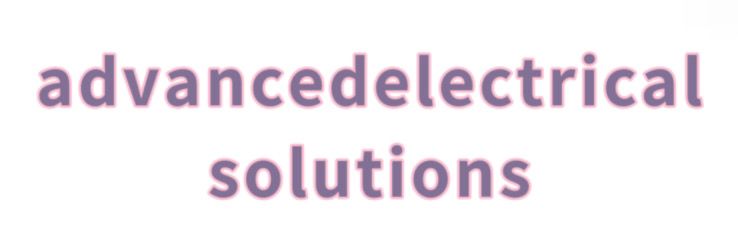How Do Servo Motor Cables Impact Efficiency?
Understanding Servo Motor Cables
Servo motors play a crucial role in robotics and automation, but the efficiency of these motors can be significantly affected by the quality and design of their cables. Understanding how cables impact performance is essential for optimizing system efficiency.
1. Cable Quality and Material
The materials used in servo motor cables, such as copper and insulation types, directly affect electrical conductivity and heat generation. High-quality copper wires provide lower resistance, which enhances performance. Conversely, using subpar materials can lead to increased resistance and power loss, diminishing efficiency.
2. Cable Length and Resistance
The length of the cables connecting the servo motor to the controller plays a vital role in efficiency. Longer cables introduce higher resistance, which can cause voltage drops and reduced motor performance. To mitigate these effects, it is advisable to keep cable lengths as short as possible and to use larger gauge wires where necessary.
3. Shielding and Interference
Servo motor cables are often susceptible to electromagnetic interference (EMI) from other electrical components. Using properly shielded cables helps to reduce noise, ensuring signal integrity. This is especially important in high-precision applications where any disturbance can lead to performance degradation.
4. Connector Quality
Just as the cables themselves are important, the connectors used must also be of high quality. Poor connectors can create points of failure and increase resistance. Ensuring that connectors are appropriately rated for the current load helps maintain overall system efficiency and reliability.
5. Temperature Management
Heat is a natural byproduct of electronic components, and servo motor cables are no exception. Excessive heat can degrade both the cable and the servo motor itself. To enhance efficiency, implementing proper cooling methods, such as ventilation or heat sinks, can help manage temperature and prolong the lifespan of both cables and motors.
6. Compatibility with Servo Specifications
Each servo motor has specific power and signal requirements that must be met. Using cables that are not compatible with these specifications can lead to inefficiencies. It’s crucial to ensure that the chosen cables are designed to match the motor's voltage and current ratings for optimal performance.
7. Regular Maintenance and Inspection
To maintain the efficiency of servo motor systems, regular inspections of cables for wear and tear are necessary. Over time, cables can become damaged or corroded, leading to increased resistance and potential failure. Establishing a maintenance routine can help catch these issues early and ensure continuous operational efficiency.
Conclusion
In summary, servo motor cables play a significant role in overall system efficiency. By considering factors such as cable quality, length, shielding from interference, connector integrity, temperature management, compatibility, and regular maintenance, one can greatly enhance the performance of servo motors in various applications. Optimal cable choices lead to improved motor efficiency, reduced downtime, and enhanced reliability.
If you are looking for more details, kindly visit Wiring harness, servo motor cables price.

Comments